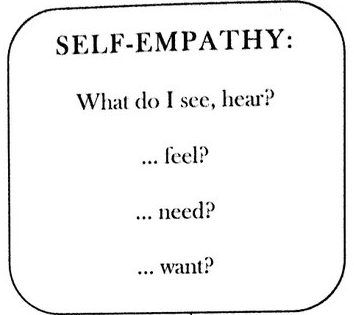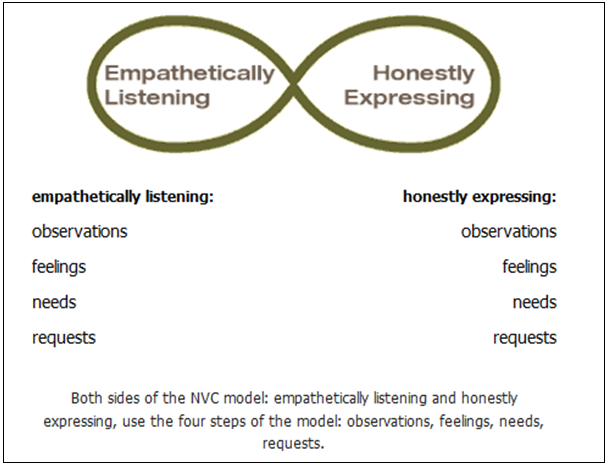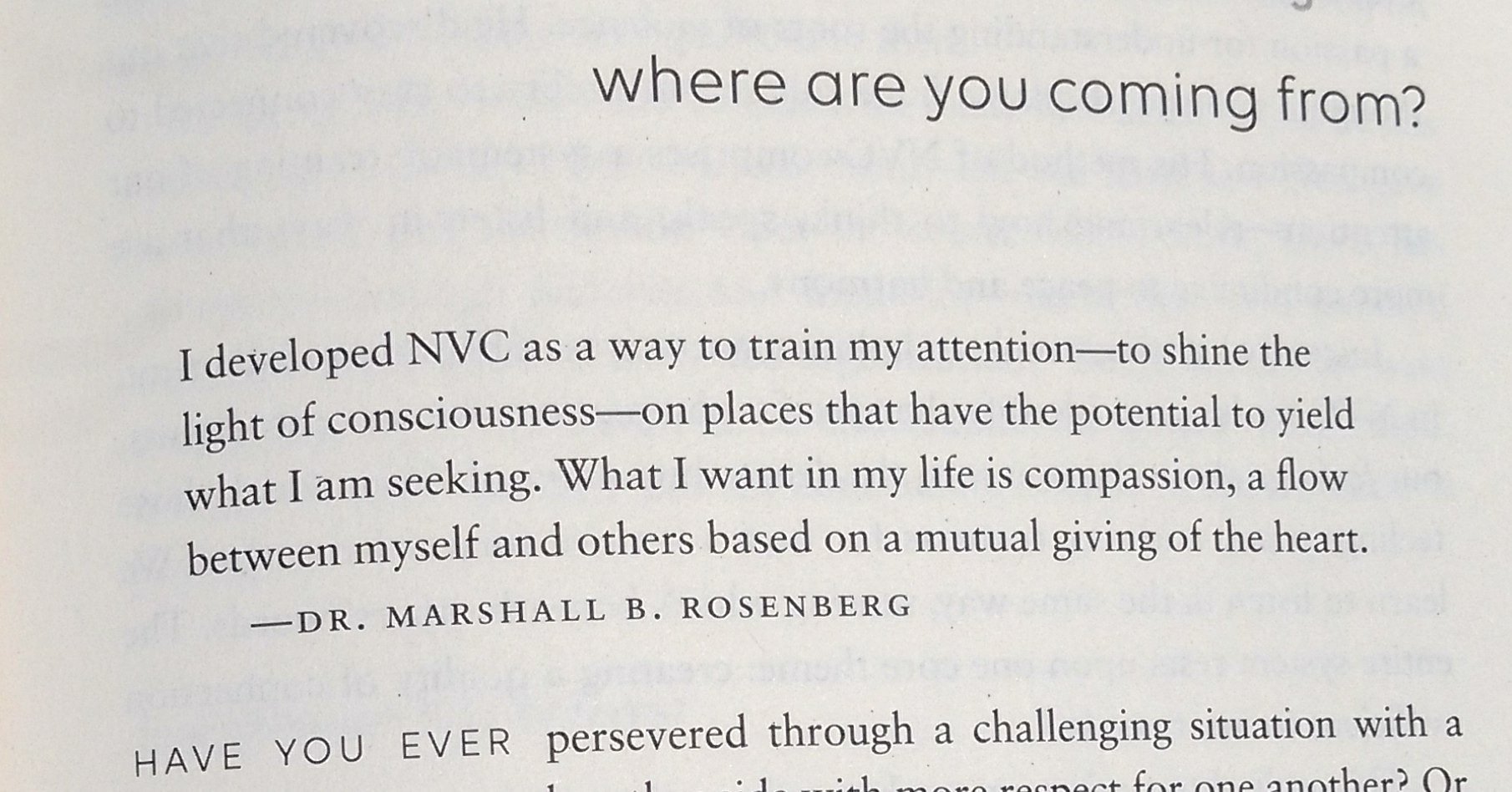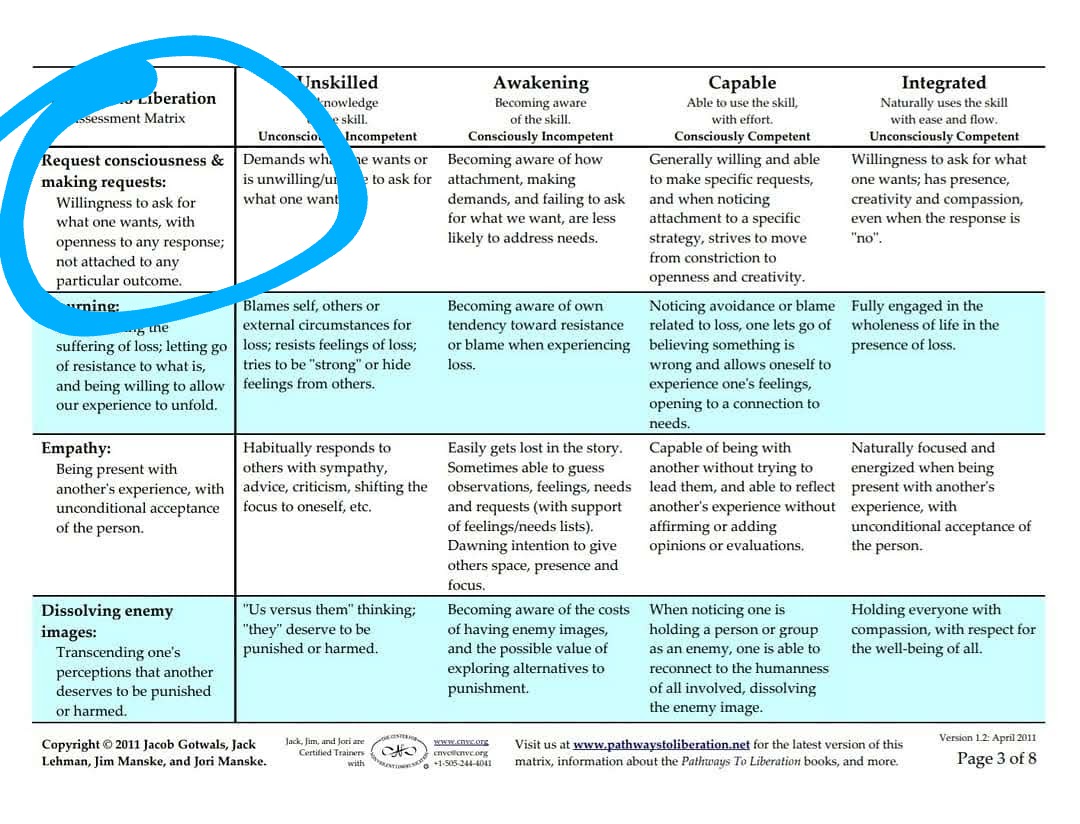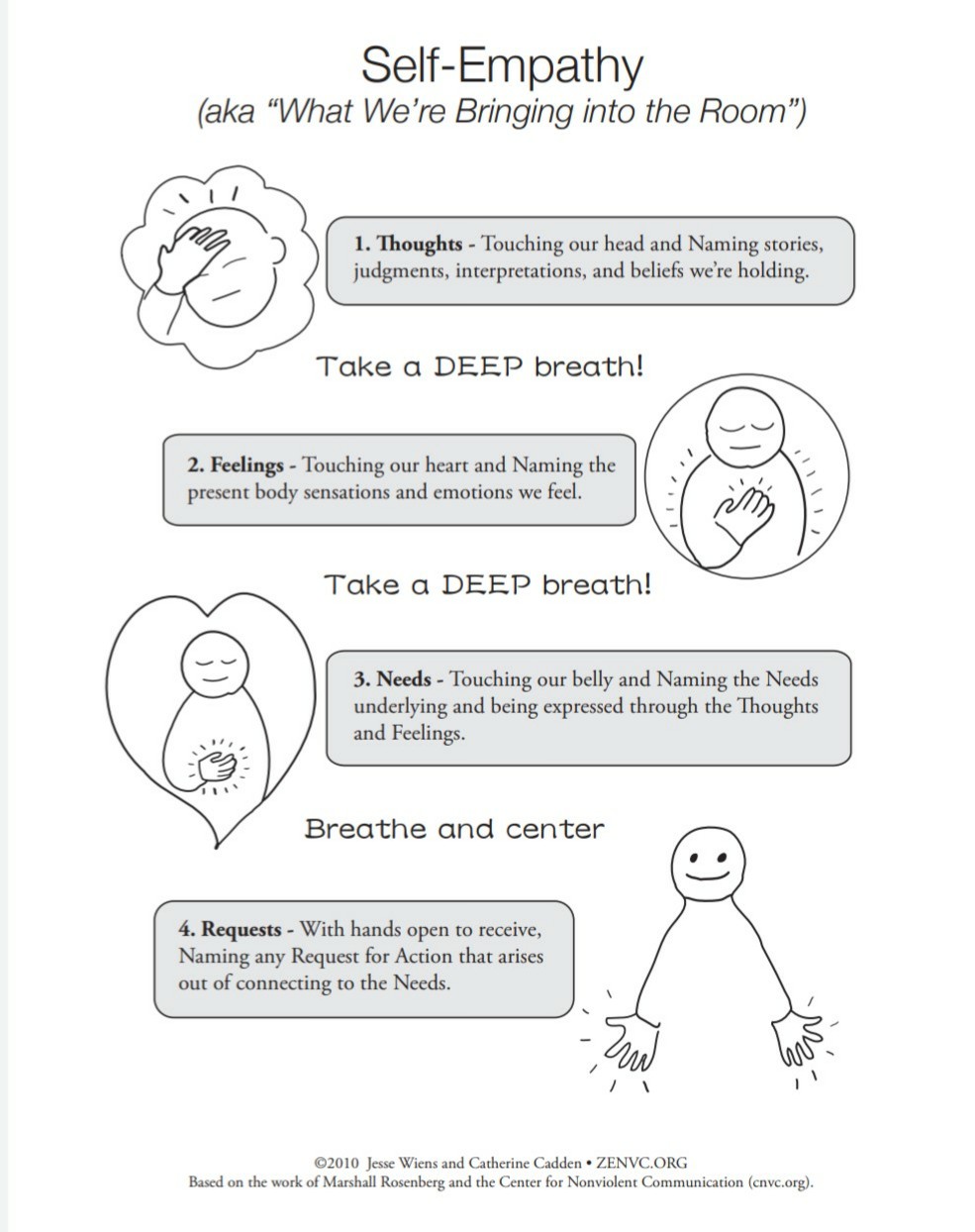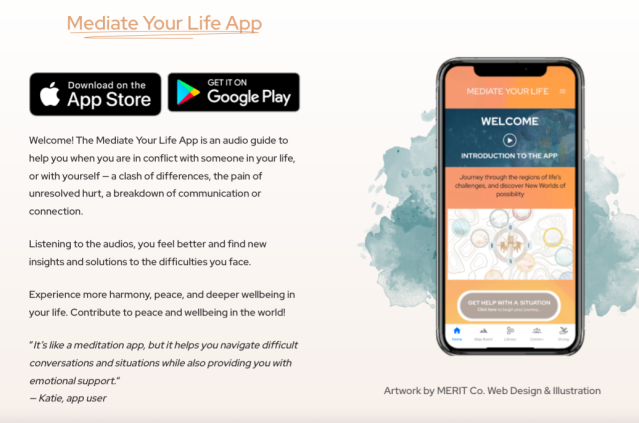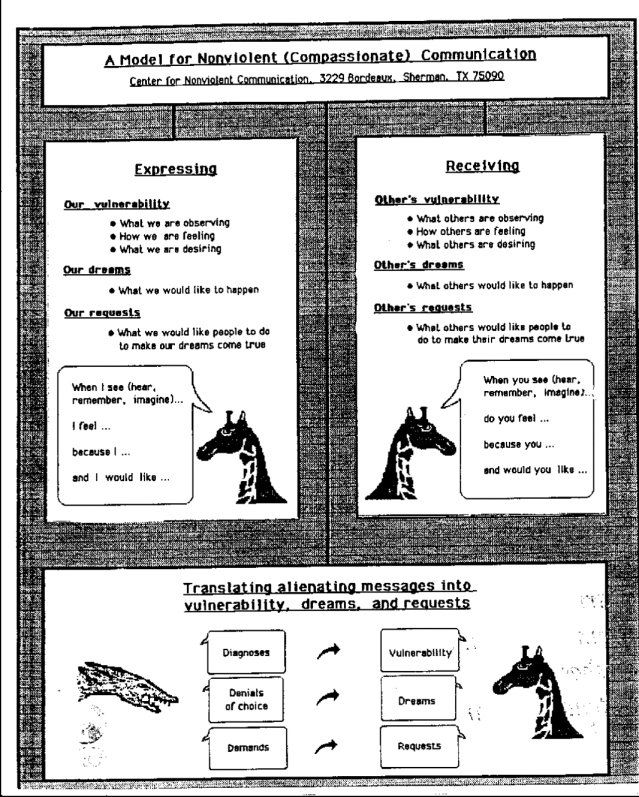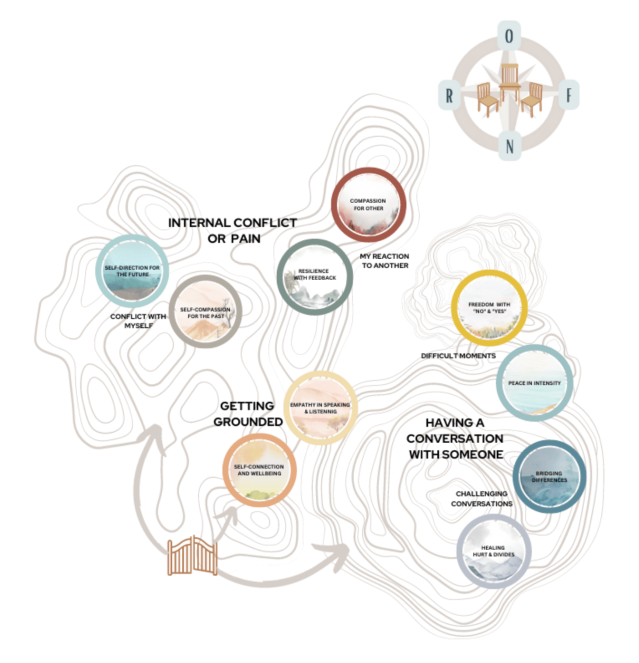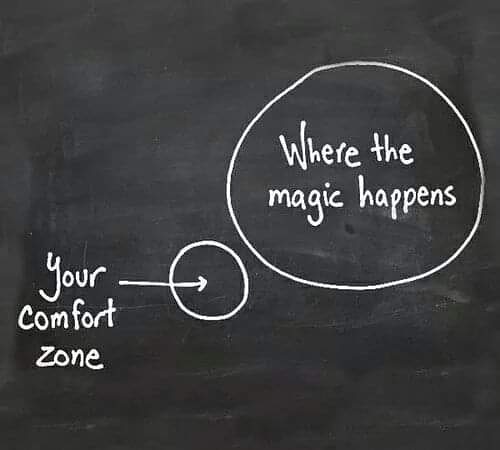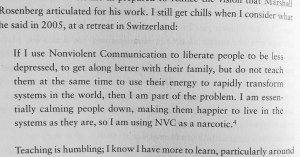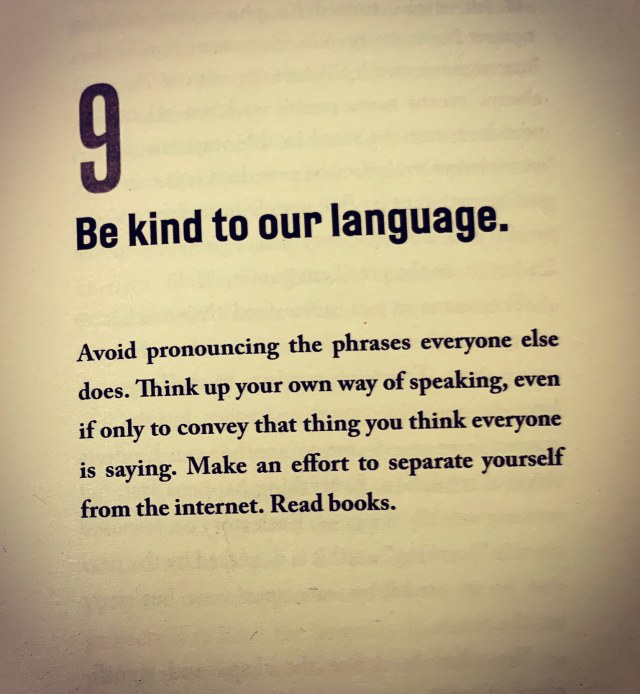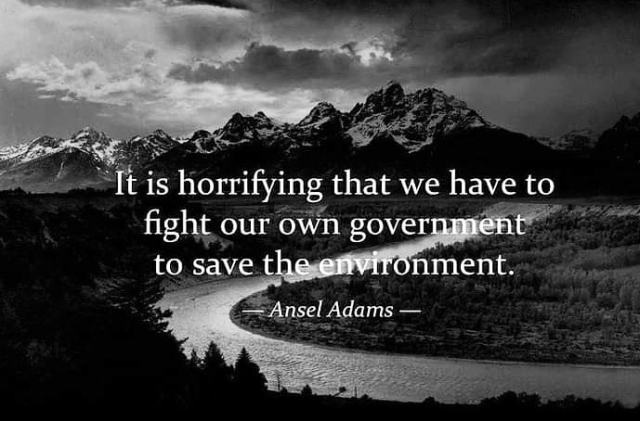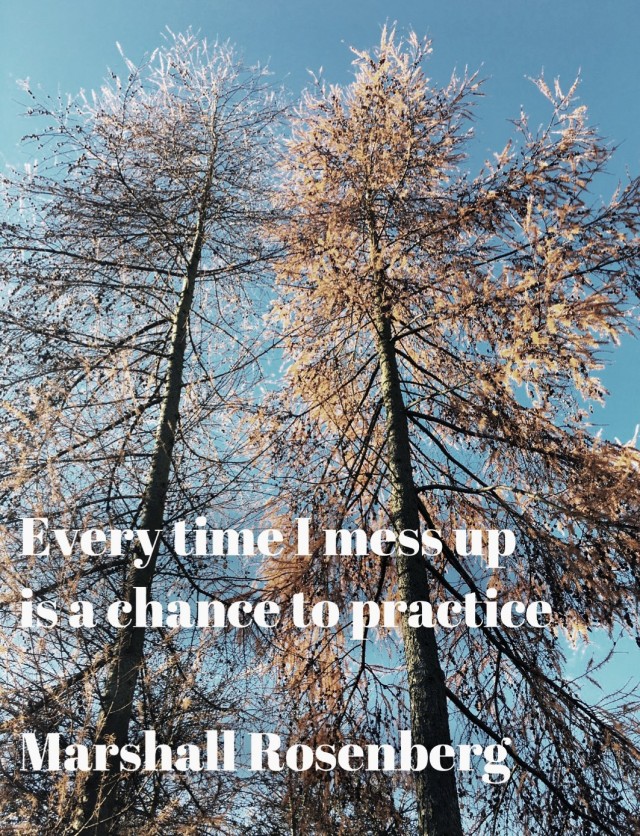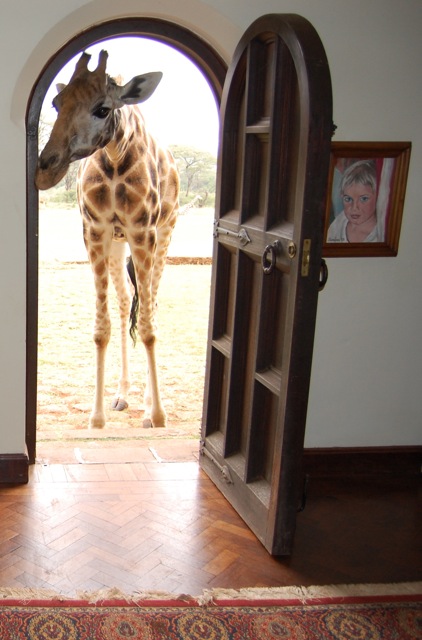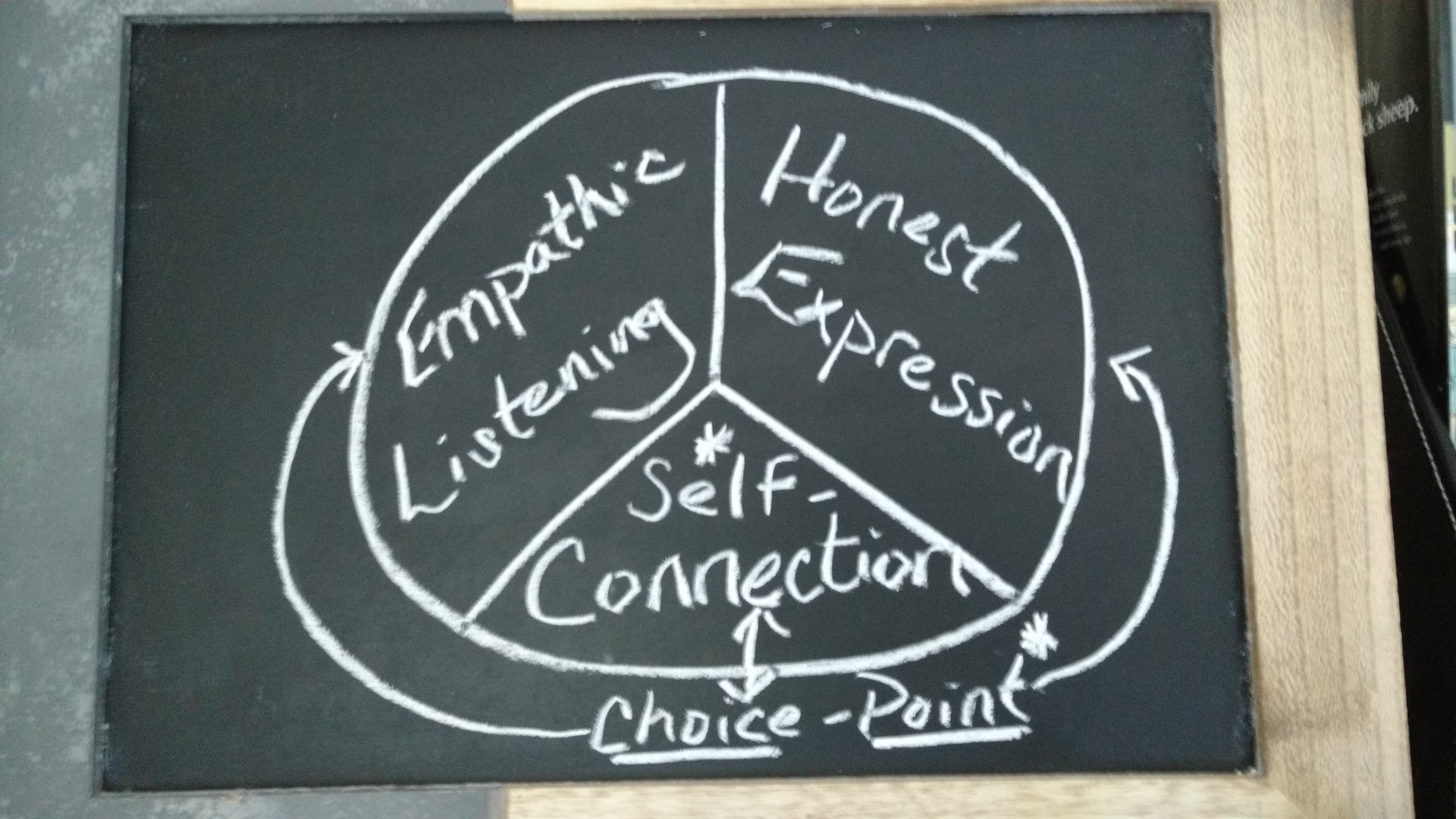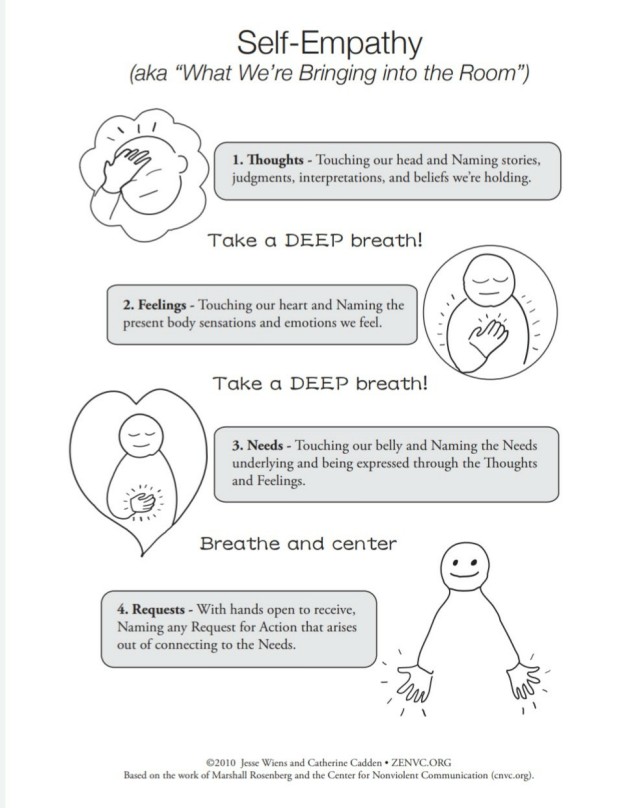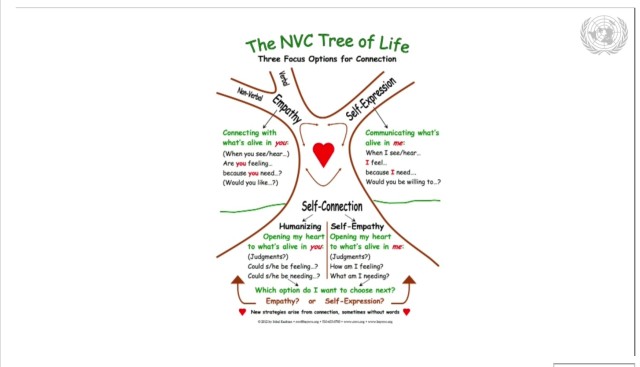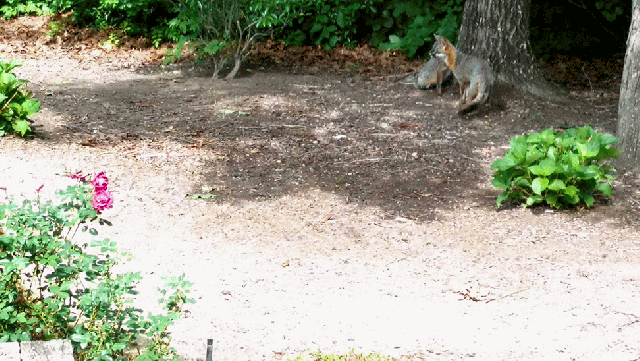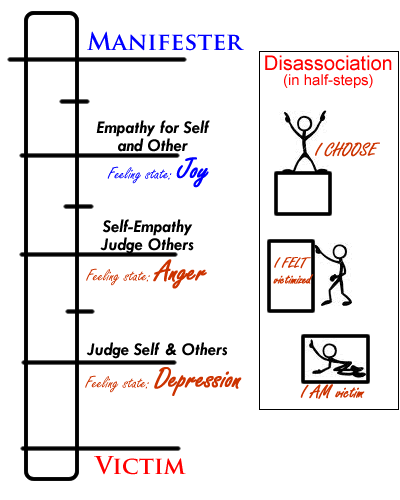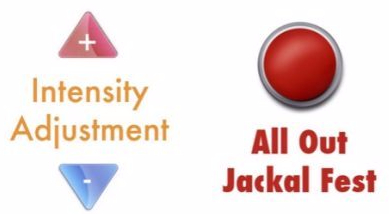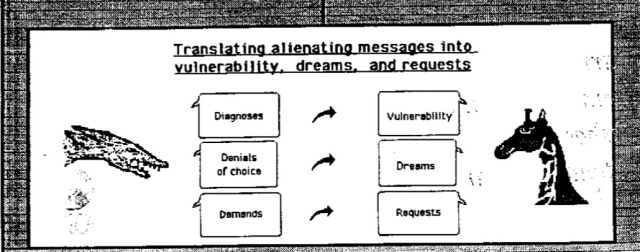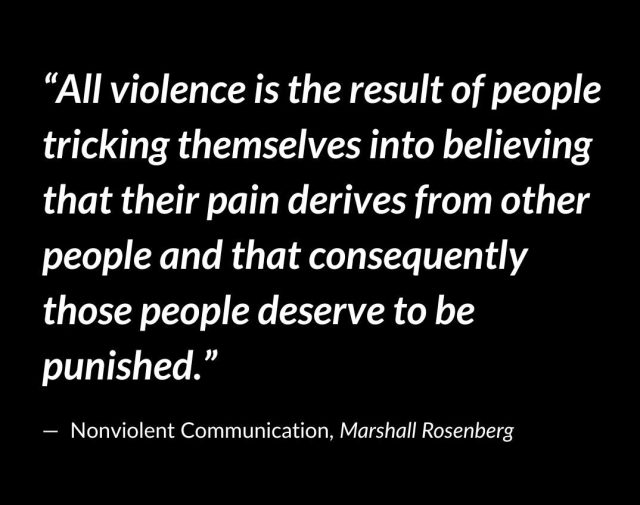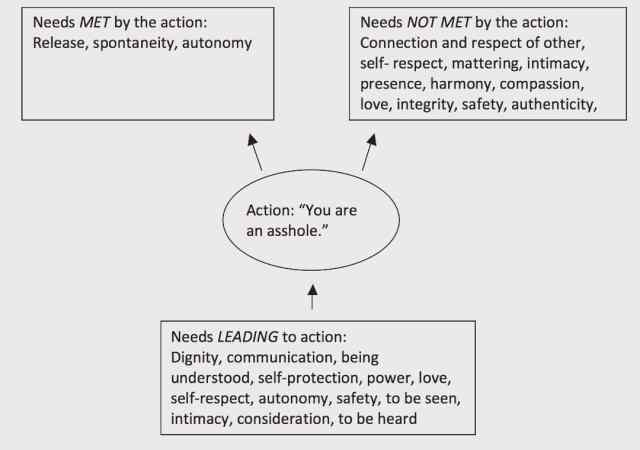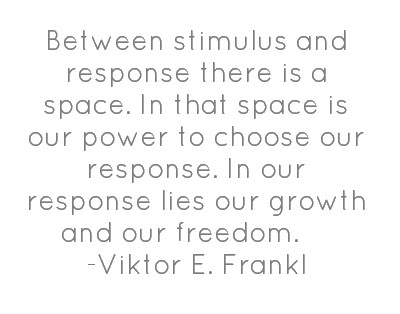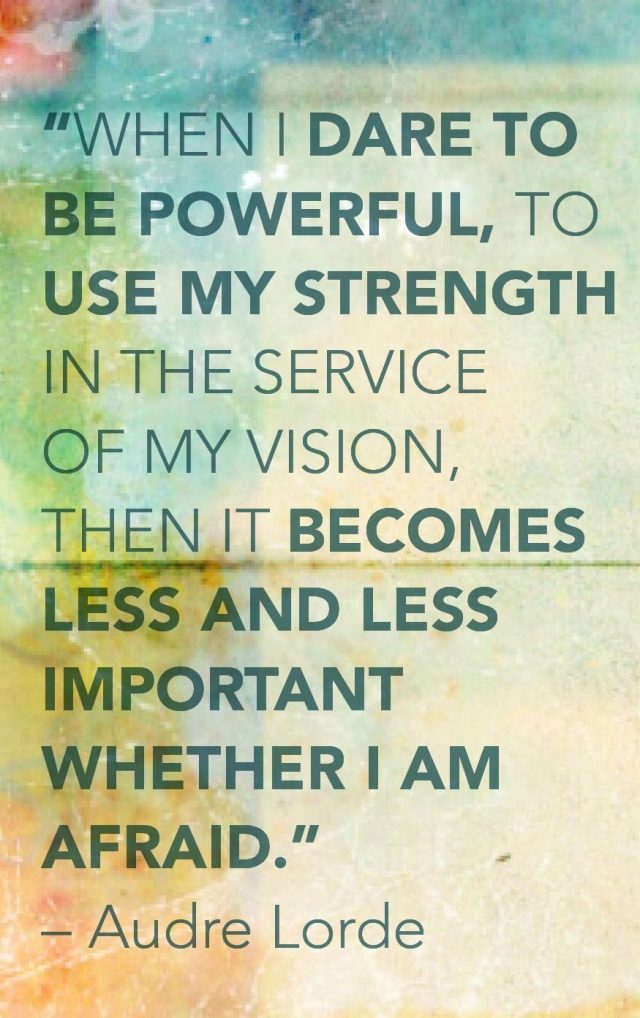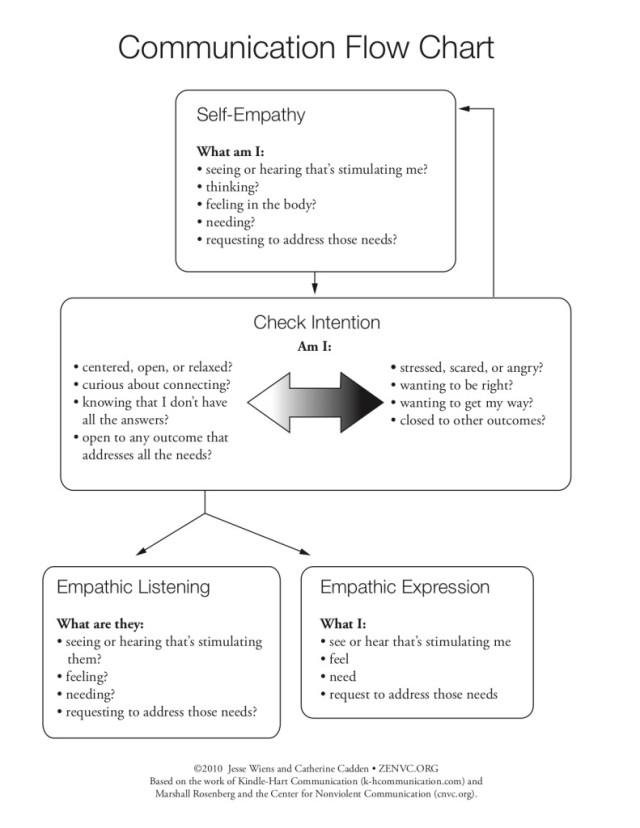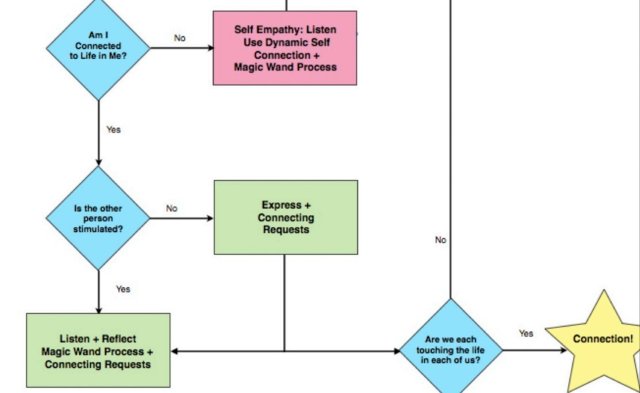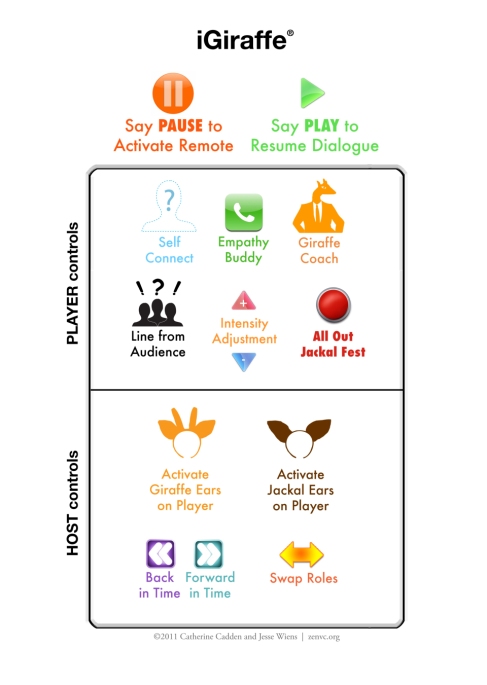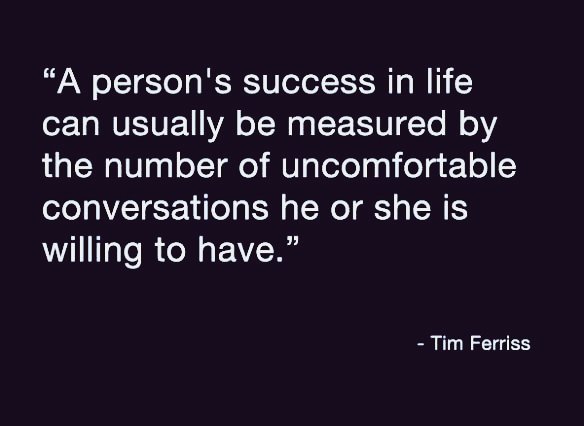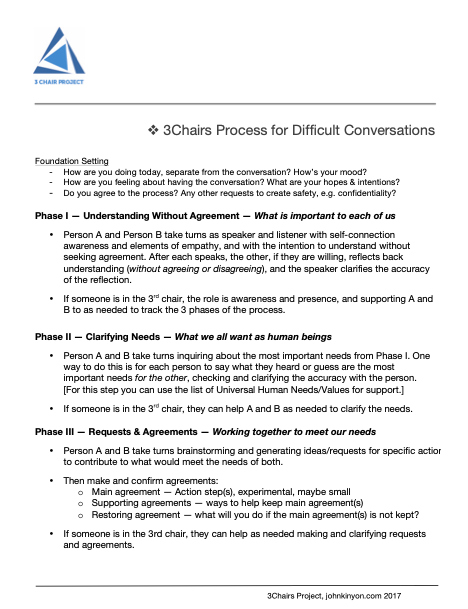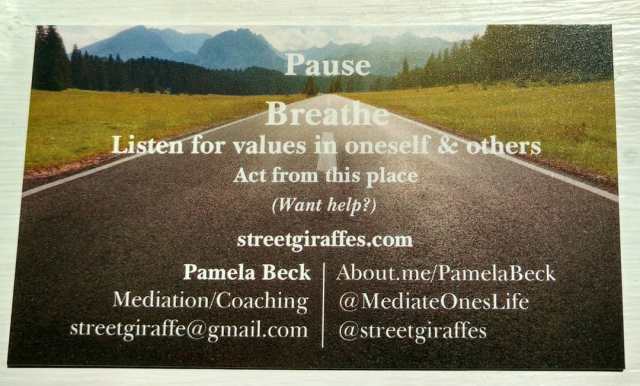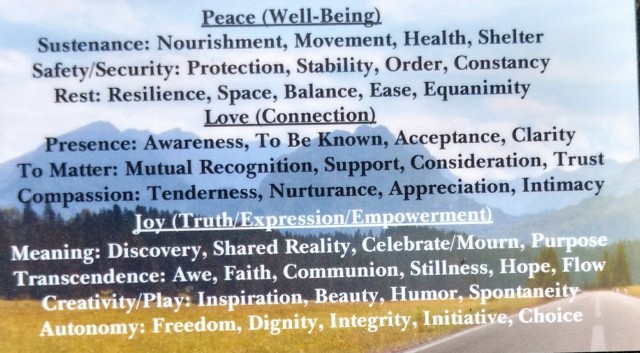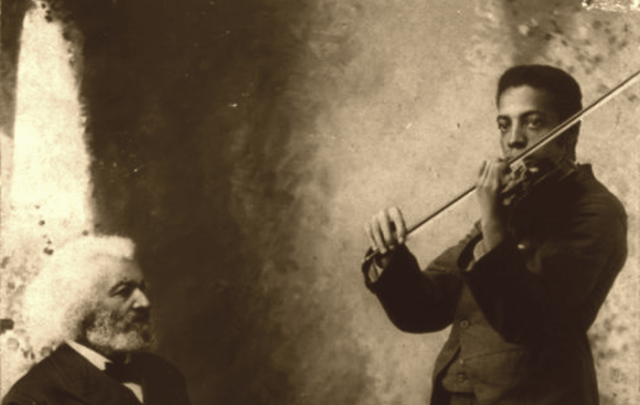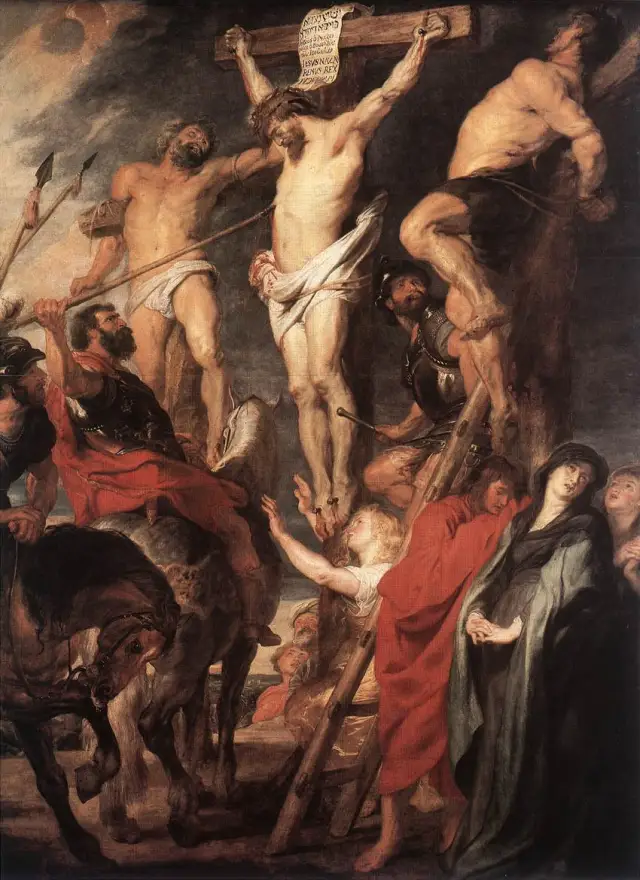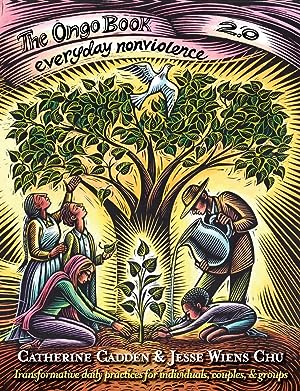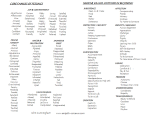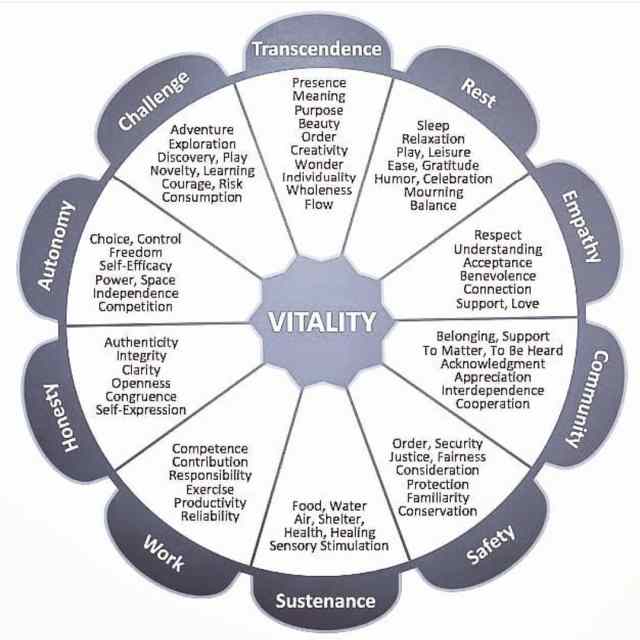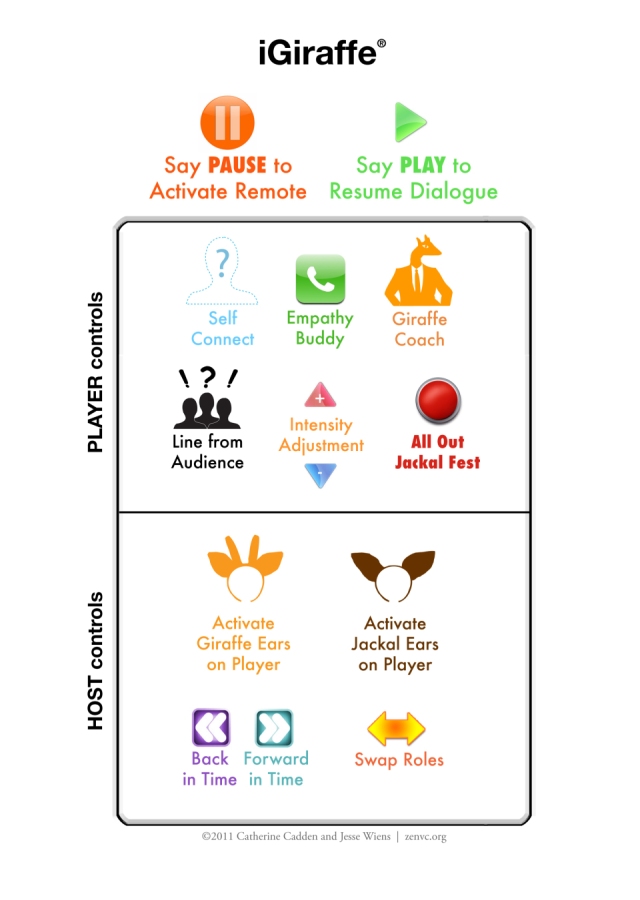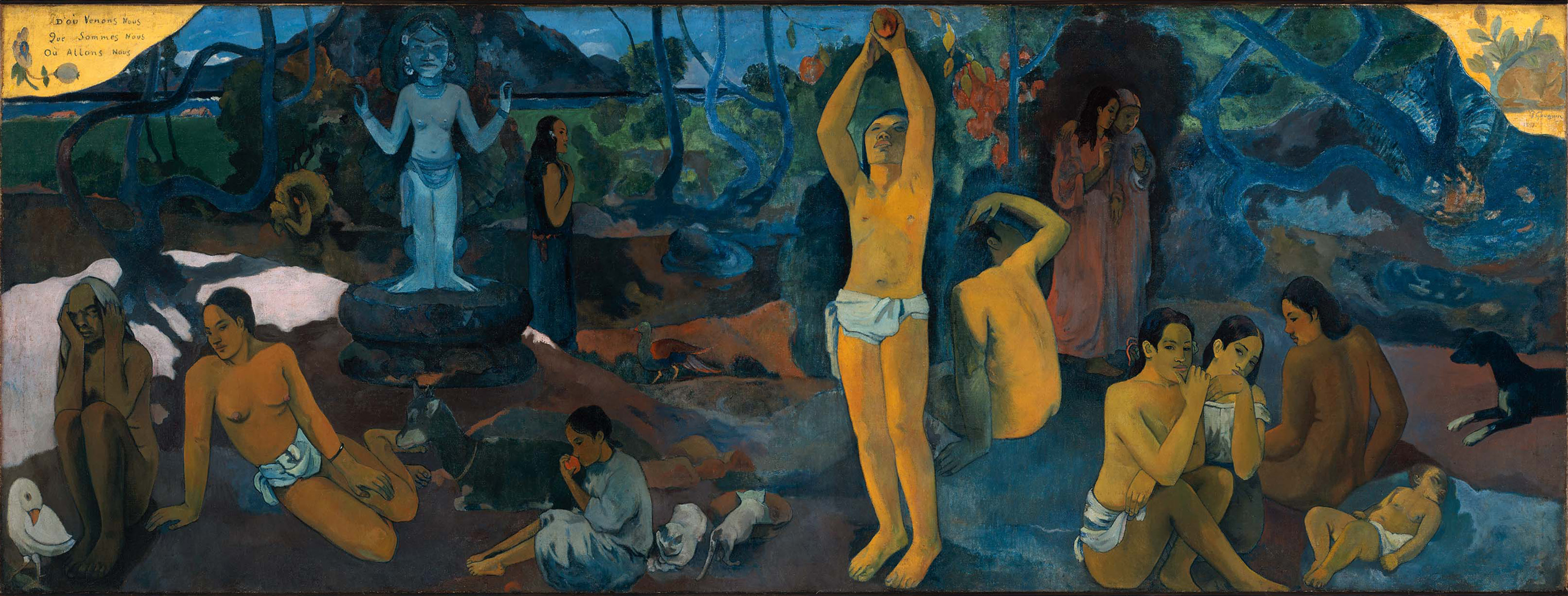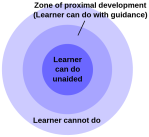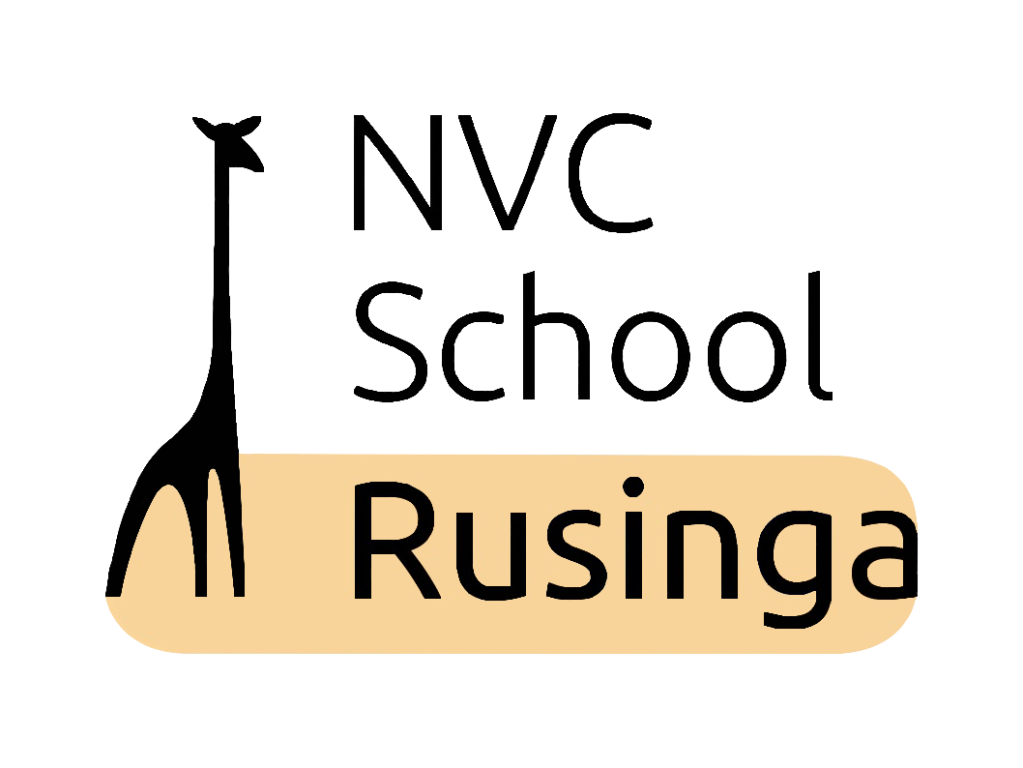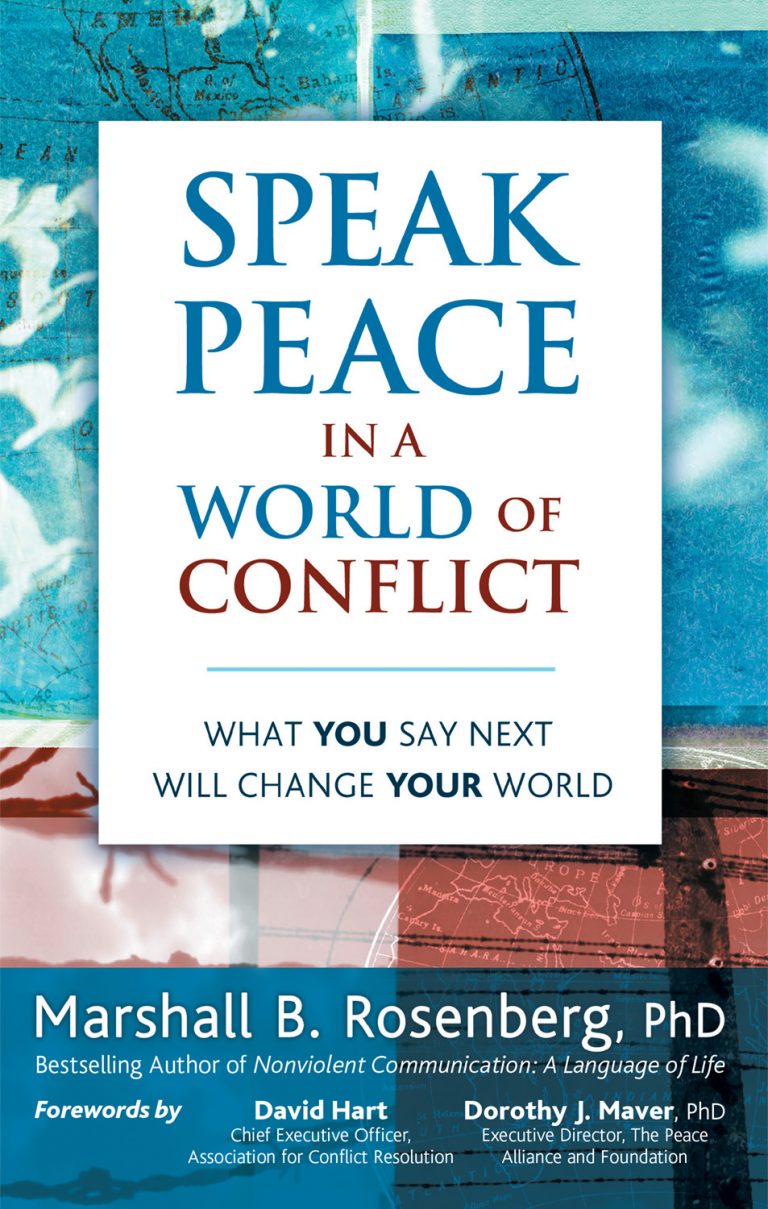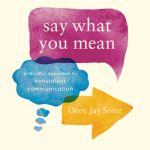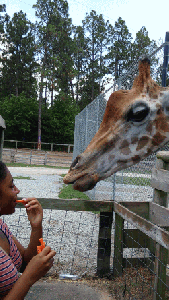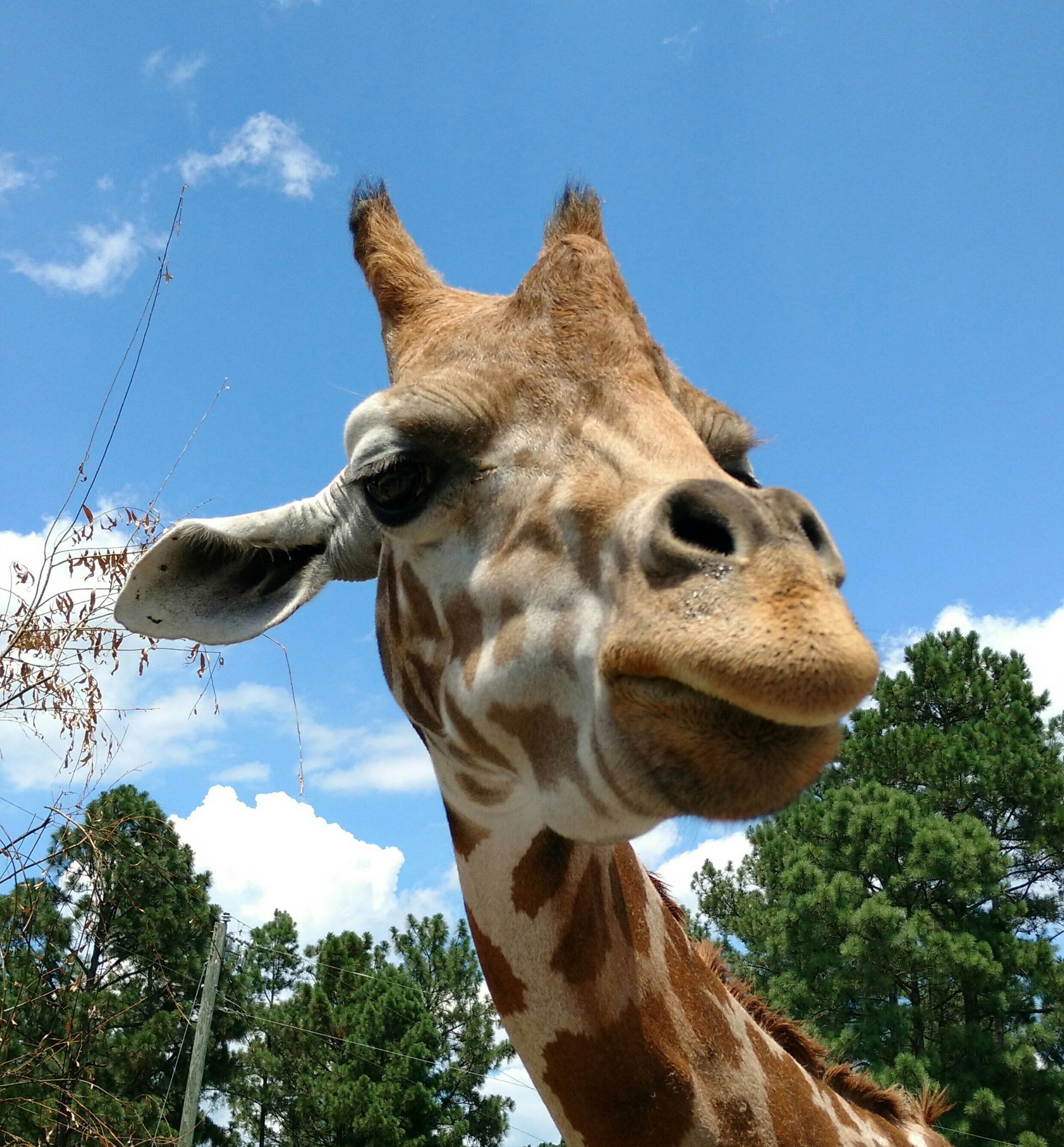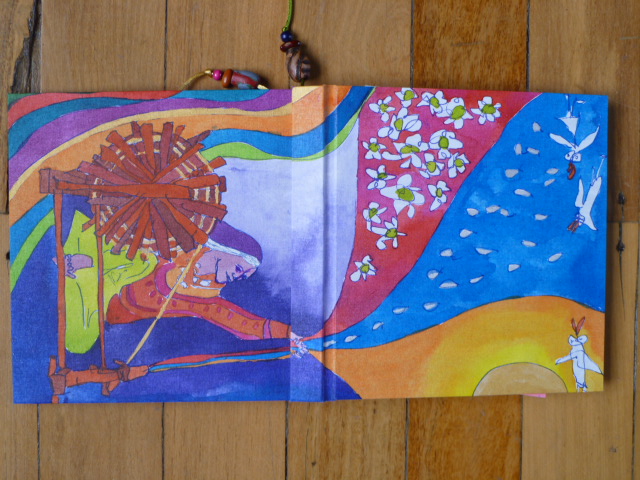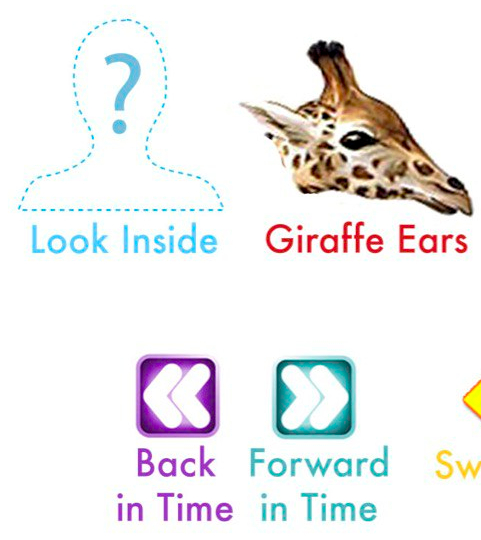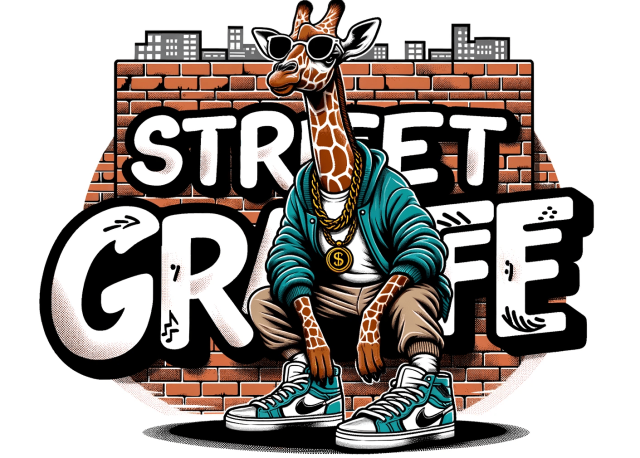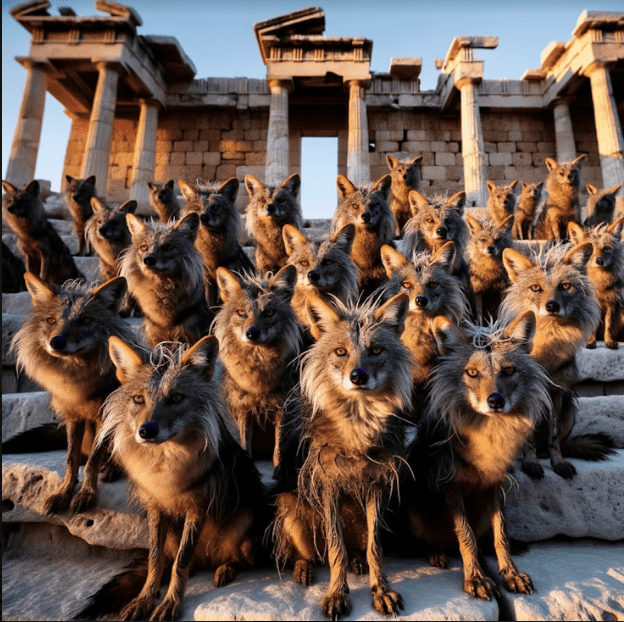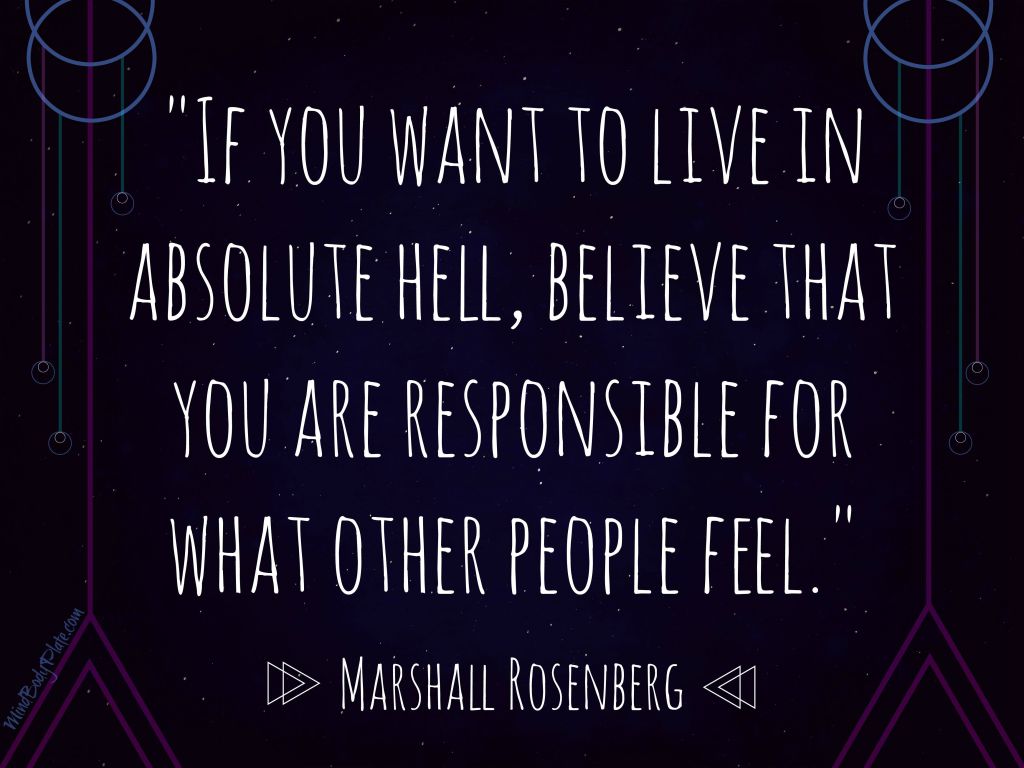OFNR: Communication Components
Courtesy of Miki Kashtan & Inbal Kashtan
“Nonviolent Communication is an awareness discipline masquerading as a communication process.”
~ Kit Miller
See also:
Beneath courtesy of CNVC.org
"Nonviolent Communication (NVC) is not Observations, Feelings, Needs, & Requests (OFNR)." ~ Marshall Rosenberg cautioning as to reductionist views of an ever evolving modality
NVC App with a variety of guided meditations (including: observations, feelings, needs & requests):
MediateYourLifeApp.com
The Mediate Your Life app is free and available to everyone who wants it.

Learn more as to John Kinyon‘s Mediate Your Life work here
See also: MediateYourLifeApp.com/resources



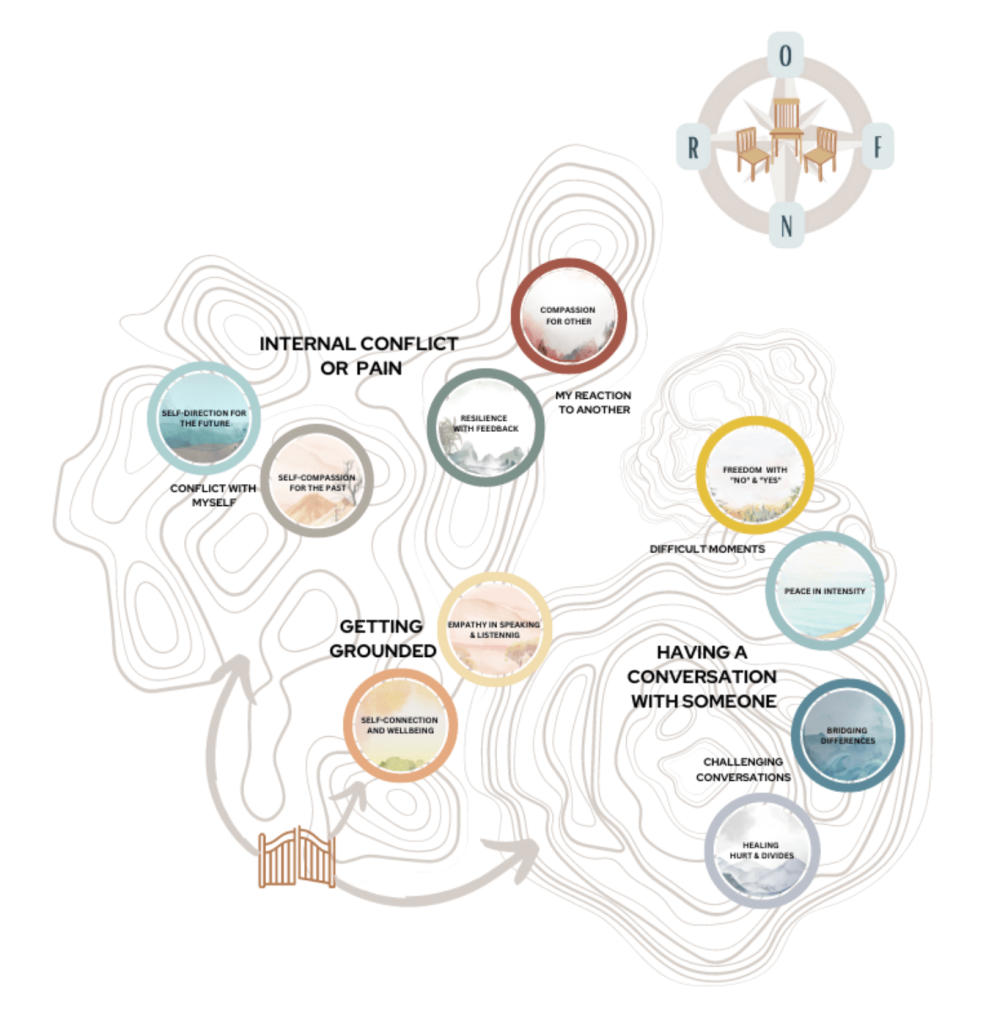
(Courtesy of Marianne Van Dijk – Cup of Empathy/YouTube Channel)
Three Levels of Observation with Roxy Manning (free)
Free NVC Academy Learning Resources
NVC Academy Account / Library subscription (required):
Inner Maps of Conflict with John Kinyon:
“In this brief audio segment, John Kinyon offers a guided tour of our inner maps of conflict, including interpersonal mediation, chooser/educator, enemy images and making amends maps.”
NVC Academy’s Resources on OFNR – Nonviolent Communication
Nonviolent Communication Basics
NVC Academy re: NVC Resources on OFNRThe Indian philosopher Krishnamurti remarked that “the highest form of intelligence is the ability to observe without evaluating.” |
Definition of Observation
(via Matrix):
Noticing (and possibly describing) our sensory and mental experiences, and distinguishing these experiences from the interpretations we ascribe to them.
__________________________________________ Practice
3. Observing: Practicing the distinction between “observation” and “observation mixed with evaluation”
Recollecting the Indian philosopher Jiddu Krishnamurti, Marshall calls the capability of distinguishing observation mixed with evaluation from observation, “the highest form of human intelligence.” A useful exercise for me in practicing observation skills consists of mindful walking.
First, setting an intention to connect with myself, I begin walking, preferably with no set direction in mind.
Then I take turns opening to my senses, noticing what I see, hear, smell, taste and touch. I also notice thoughts and evaluations as they arise. The practice is to simply notice the difference between observing, which is a “thoughtless” reception of information from the world, and evaluating, which is the “play-by-play” commentary running in my mind.
I enjoy doing this for various periods of time.
I have also enjoyed this practice in places where many other human beings have gathered, like shopping malls, the beach, parties.
(Courtesy of Jim Manske)
BayNVC | Basics of Nonviolent Communication
OFNR: The Four-Part Nonviolent Communication Process |
The 2 Parts and 4 Components of NVC
“In the field of observation, chance favors the prepared mind.” Louis Pasteur
|
NVC Model
|
|
|
empathetically listening: observations feelings needs requests |
honestly expressing: observations feelings needs requests |
| NVC Model | NVC concepts | Feelings List | Needs List | NVC Chapter One | |
Credit: Bhuston via Wikimedia Commons
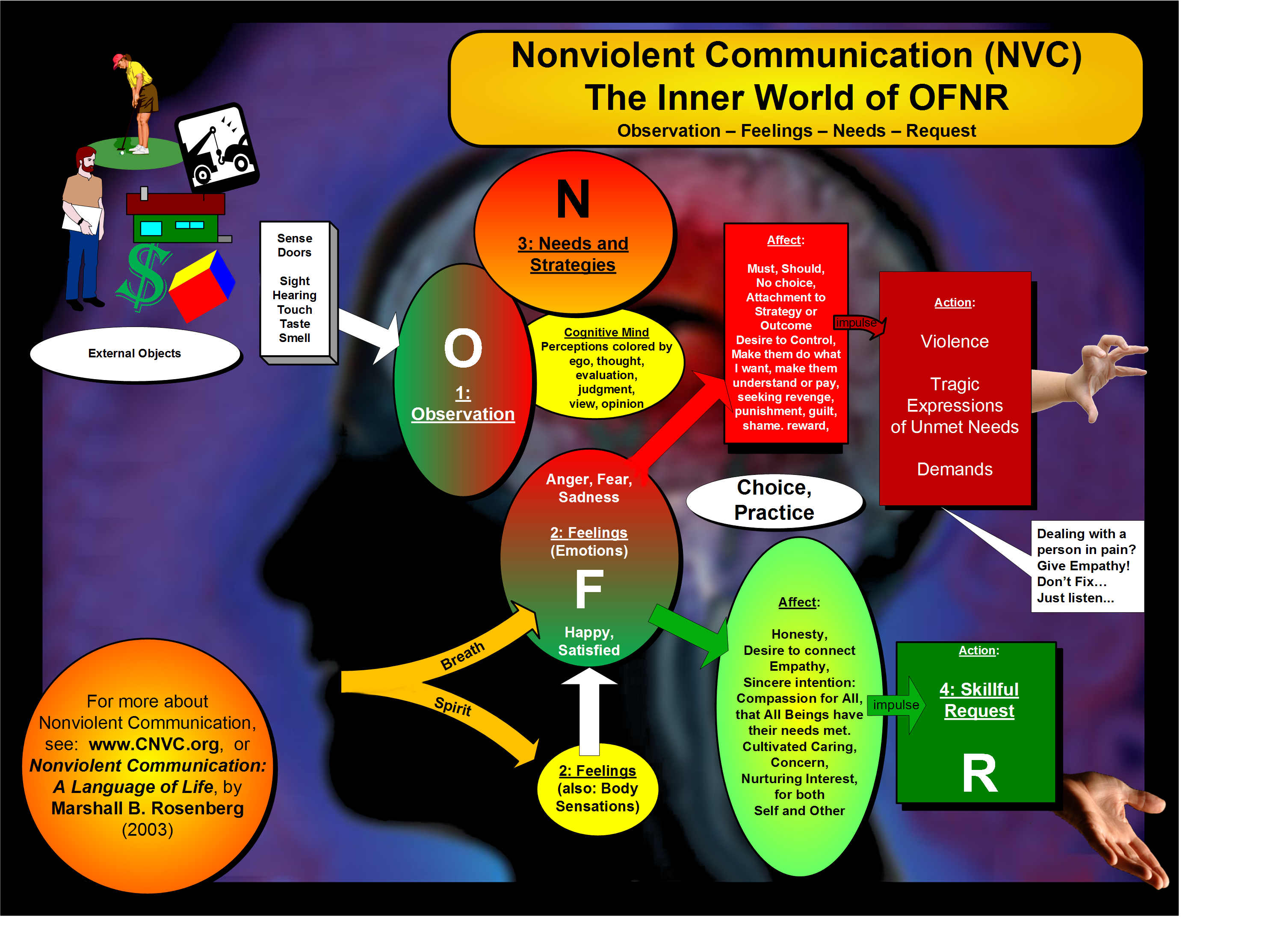
The Components of Nonviolent Communication
by Miki Kashtan
Observations |
Feelings |
Needs |
Requests |
Requests. Once we have identified what it is in the world that stimulates our reactions, and what our feelings and needs are, the last component of NVC is the communication of a request: what is it that we would like to have happen, and who would we like it from. This is where we connect back with taking action in the world outside us. When we learn to separate our requests from our needs, we loosen the tightness in us, and are less likely to express demands instead of requests. We are so used to focusing on all the ways that our needs aren’t being met, that often it becomes difficult to identify what it is that we really want in the moment of communication. It becomes challenging especially to find something that is really concrete, specific, and doable. Thus, for example, “I want you to understand me” is not a doable request, while “I would like you to tell me what you heard me say” is; “I want you to respect my wishes” is not, while “I would like to hear from you what gets triggered in you when you hear me express my wishes” is. Because practicing NVC entails prioritizing connection above other needs, we learn over time to concentrate on requests that enhance the quality of connection in the moment rather than requests that are about future behavior.
[PDF] – Basics of Nonviolent Communication: OFNR
Miki Kashtan – NVC Academy
“The Intention to Connect” Model of Nonviolent Communication
Introduction ~ Marshall Rosenberg
The Difference Between Feelings and Thoughts
Expressing Our Feelings
Taking Responsibility for Our Feelings
Requesting Concrete Actions of Others
Creating the Connection We Want
The Differece Between Requests and Demands
Relating to the Needs of Others
FYI ~ Additional Marshall Rosenberg Videos





